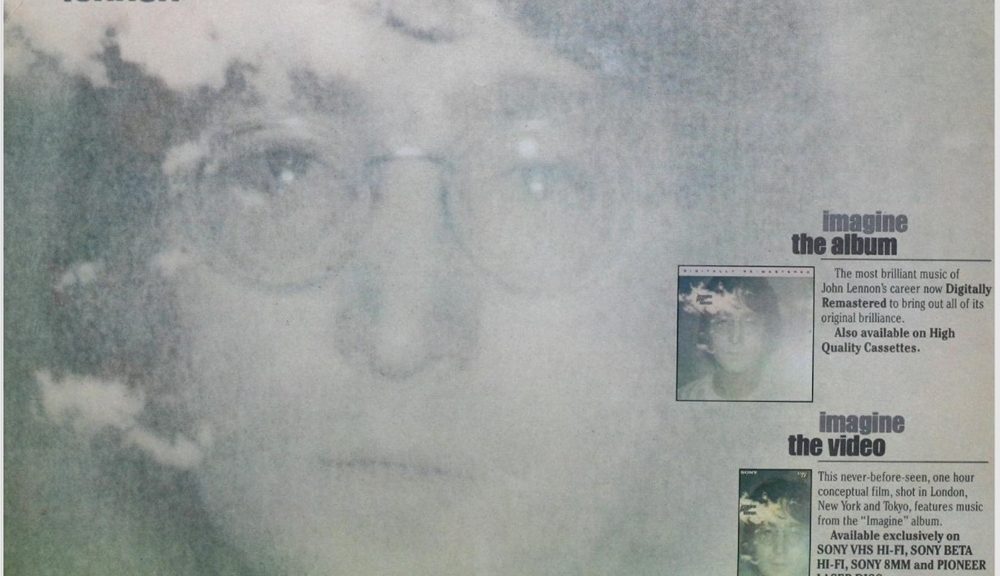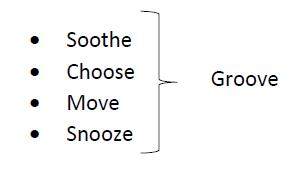*Note: The following was a piece I wrote to highlight the free speech atmosphere on the campus of GCC. After shopping it around for publication on various websites, no one picked it up–I think because it is too positive and in our time negativity sells. I believe it is relevant here in light of our quest for diversity and our desire to have difficult conversations with more light and less heat.
Celebrating the Value of Free Speech!
With the recent release of Dennis Prager and Adam Corrolla’s documentary No Safe Spaces, the American public has again been reminded of the dangers threatening free speech on college campuses. Considering the examples of Berkeley, Middlebury College, and Evergreen State College, one might be forgiven for thinking that all college campuses are roiling with the desire to quench the free exchange of ideas that are deemed too controversial.
There is, however, good news to be shared in that there are institutions that choose a different path from closing down free speech and, rather, pursue a path of reasoned discourse. I participate at one such institution and wanted to share some of the events we sponsor which exemplify a free campus. This exercise is useful for at least two reasons—celebration and emulation. The free exercise of speech and the open dialogue on complex cultural issues ought to be celebrated by those who long to see such things prevail. Furthermore, by highlighting specific examples, this provides an opportunity for others to emulate and follow suit with similar types of events and opportunities.
Glendale Community College and Free Expression
Glendale Community College (AZ) in Glendale, Arizona has approximately 20,000 students and is part of the larger Maricopa County Community College District which comprises ten colleges in total. Being situated in Arizona is beneficial in that the laws of Arizona are very conducive and protective of free speech. The Arizona Revised Statutes even have a bit of rhetorical flourish when they state:
“It is not the proper role of an institution of higher education to shield individuals from speech protected by the first amendment, including, without limitation, ideas and opinions that may be unwelcome, disagreeable or deeply offensive.”
GCC takes this admonition to heart and offers prime opportunities to engage in controversial topics in a civil manner. Here a few examples from the past few years.
Glendale Community College broaches controversial topics every spring in their panel discussion series, “Critical Dialogues.” In February 2018 this forum’s topic was entitled “Gender and Sexuality: Current Controversies and the Common Good” with a specific focus on the issue of Transgenderism. This was a controversial topic and it engendered (no pun intended!) a robust time of question and answer. However, at no time was there an attempt to shut down the discussion nor did the event devolve into the incivility of the “heckler’s veto.”
Our last Critical Dialogues event examined the issue of religious freedom and civil rights in relation to the issue of gay marriage. The 2019 Critical Dialogues panel was appropriately titled “Religious Freedom and Civil Rights: Balancing Competing Claims in the Courts and the Public Square”. In light of the Supreme Court decision Obergefell v. Hodges legalizing same-sex marriage the issues surrounding religious freedom came to the fore in a number of cases around the country. Glendale Community College invited participants from both sides of the divide on this controversial issue. Alessandra Soler (the Arizona Executive Director for the American Civil Liberties Union) and Jonathan Scruggs (Senior Counsel and Director of the Center for Conscience Initiatives with Alliance Defending Freedom) were our featured guests with other faculty and staff filling out the panel. The timeliness of this topic was seen in that just the previous month prior to the panel discussion, Jonathan Scruggs had argued on behalf of religious freedom and artistic free expression before the Arizona Supreme Court in the case Brush & Nib Studio v. City of Phoenix. The relevant issues were, again, discussed in a civil manner with no one attempting to shut down the dialogue.
It was ironic that the same month that GCC was holding its Critical Dialogue panel, the Yale Law School was experiencing controversy over a similar type of speaking event. The Yale Federalist Society had invited a lawyer from Alliance Defending Freedom to come and speak about the Masterpiece Cakeshop v. Colorado Civil Rights CommissionSupreme Court decision. This caused a number of student groups to call for a boycott of the event. This did not speak well for their commitment to free speech and the free exchange of ideas. Glendale Community College has chosen a different path in approaching controversial cultural issues—a path of civil dialogue and freedom of expression.
The promotion of free speech is found not only in what GCC promotes but also in what it allows on the campus from outside voices. In October 2018 the Center for Bioethical Reform( CBR) came to GCC for two days sponsoring their Genocide Awareness Project. This consisted of huge billboards of, at times, graphic photographs of the aftermath of abortions which are thematically linked to other acknowledged instances of genocide. Although the display was controversial to many, the administration of GCC, under the leadership of the president of the college, Dr. Teresa Leyba Ruiz, upheld the right of CBR to be on the campus. Nor was there any attempt to stipulate an artificial “free speech zone” like other campuses have done. Rather, the most prominent place on the campus mall was used by CBR and there were two days of peaceful interaction and education.
The Need for Vigilance
The culture of free expression and civil disagreement is healthy at Glendale Community College. This is partly a function of the laws enshrined in the Arizona statutes as well as the legal precedents handed down in defense of the Maricopa County Community College District. For example, in a 2010 decision by the U.S. Court of Appeals for the Ninth Circuit—Rodriquez v. Maricopa County Community College District—these powerful words are found:
“Without the right to stand against society’s most strongly-held convictions, the marketplace of ideas would decline into a boutique of the banal, as the urge to censor is greatest where debate is most disquieting and orthodoxy most entrenched. The right to provoke, offend and shock lies at the core of the First Amendment. This is particularly so on college campuses.”
Laws and legal precedent are necessary but not sufficient. There is always the need for vigilance. There must continue to be a firm commitment to freedom on the part of individuals who inhabit our institutions of higher learning. As Alan Charles Kors and Harvey A. Silverglate remind us, “Freedom dies in the heart and will before it dies in the law.” It is for this reason that institutions like Glendale Community College with their commitment to the free exchange of ideas ought to be celebrated and emulated.




 I’ve seemingly written about everything already over the past 20 years. That’s how long I’ve been blogging. My
I’ve seemingly written about everything already over the past 20 years. That’s how long I’ve been blogging. My 





